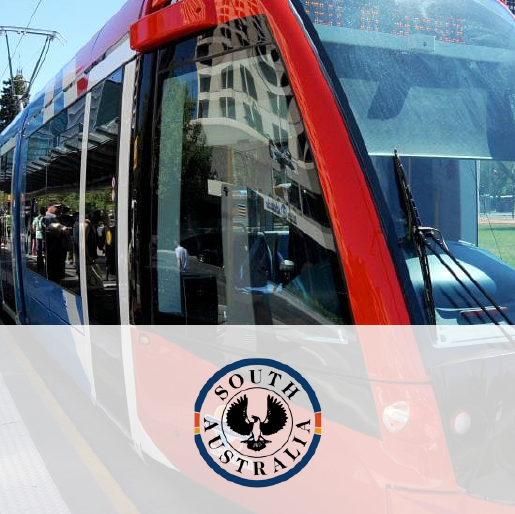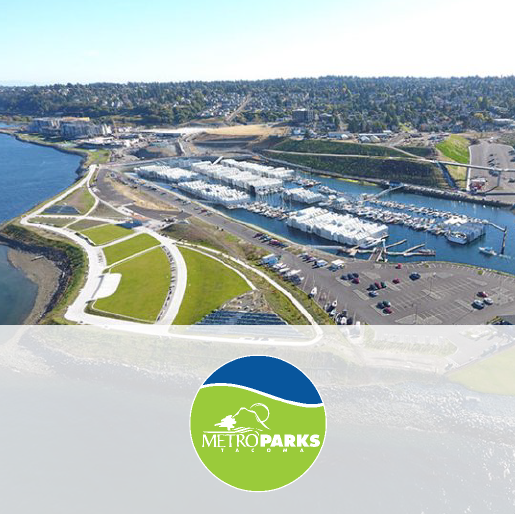
“We are planning to invest in Asset Information Systems and technology but are concerned about the inherent risks to achieve full value. Existing investments in technology and IT applications have failed to achieve business benefits and gain user acceptance.”

The organization is committing to invest in new Asset Information Systems or Digital initiatives. A procurement exercise is planned. There is a need to develop business-led requirements to support the selection of the optimal solution(s) and to drive an effective System Integration program.

Asset Information Systems that are aligned to the organization’s operating model and decision-making requirements leading to improved user acceptance, data quality, and the realization of stated business benefits. Realization of a data model that can support effective Asset Investment Planning.


The Government of South Australia’s Department for Infrastructure and Transport (DPTI) engaged AMCL to investigate and recommend a best practice and value-for-money Asset Management Information System (AMIS) solution to support the future business and functional requirements of the Asset Management Directorate (AMD). The AMD is responsible for the management of a wide range of state-owned asset types including road, marine, rail, buildings, property, and other miscellaneous asset categories.
The goals of the AMIS Review project were to support DPTI in working towards:
Using a structured methodology, AMCL carried out a detailed review of numerous legacy systems (including Maximo) and reviewed existing processes and information to identify business challenges. AMCL developed an operating model for DPTI with an associated business and functional requirements catalog.
AMCL carried out a detailed market and industry review to understand the capability of the IT systems available. AMCL designed a target solution architecture and developed an implementation strategy across all departments and asset classes.

Metro Parks Tacoma (MPT) is a CAPRA-accredited, independent park district created to manage park, recreation, and zoological services and facilities for the citizens of Tacoma City in Washington State. MPT manages an extensive, diverse and complex range of assets, supported by a wide range of workgroups and disciplines. MPT has a significant physical asset base, with a capital construction budget of nearly $59m annually. AMCL was selected by MPT to develop its business processes and define its future EAM system requirements. The results of the project will help to de-risk and enhance the next phase of the MPT EAM implementation and process improvement within MPT. MPT chose to utilize AMCL’s Asset Intensive Business Architecture (AIBA) model, with this tool and other templates supporting AMCL to deliver: